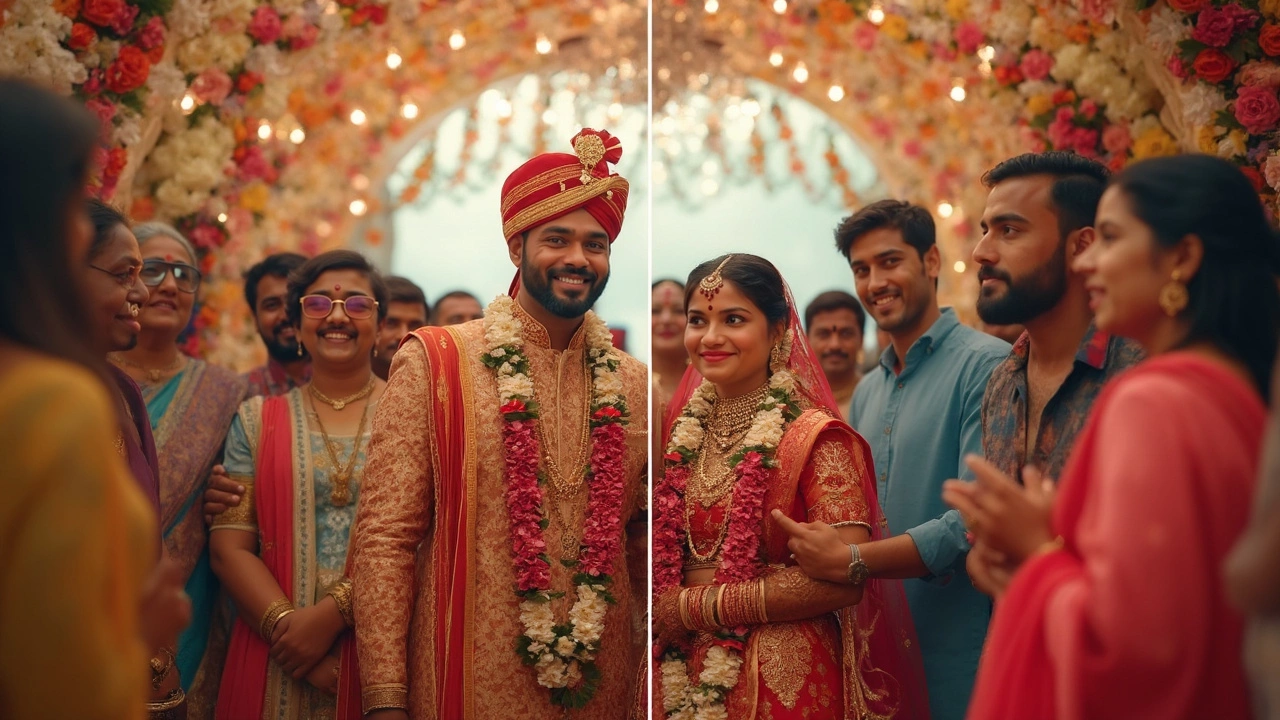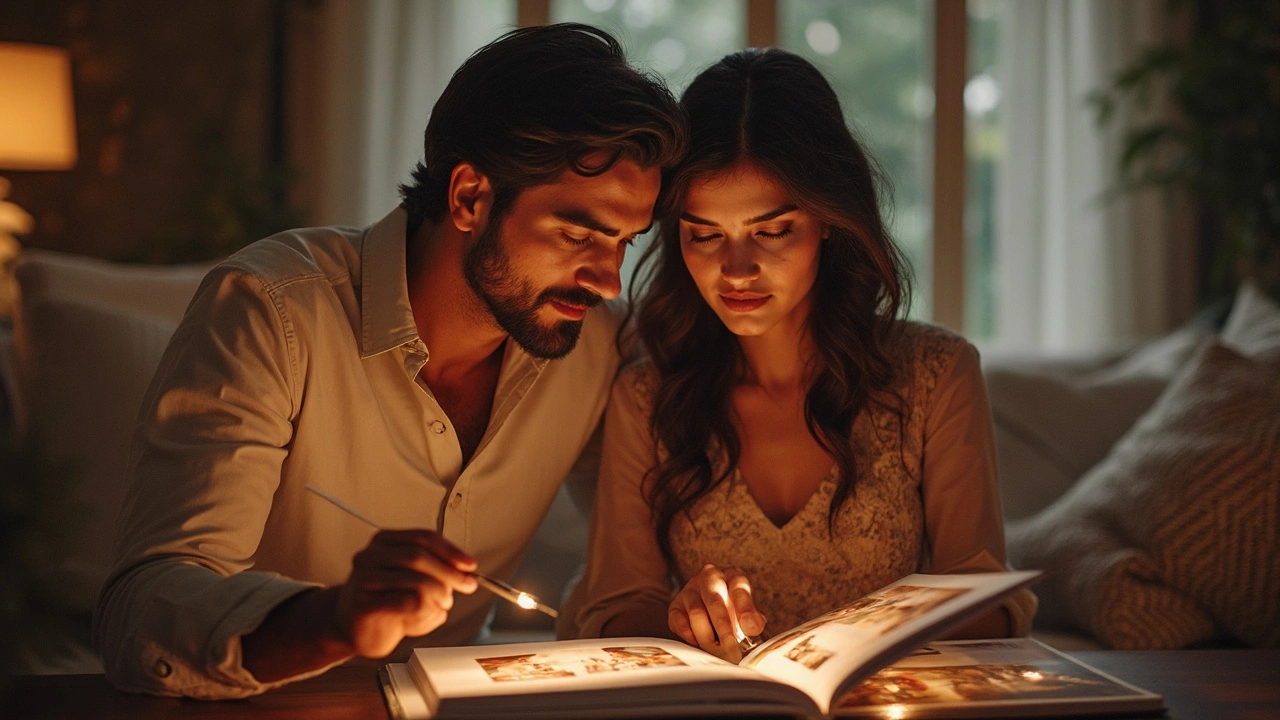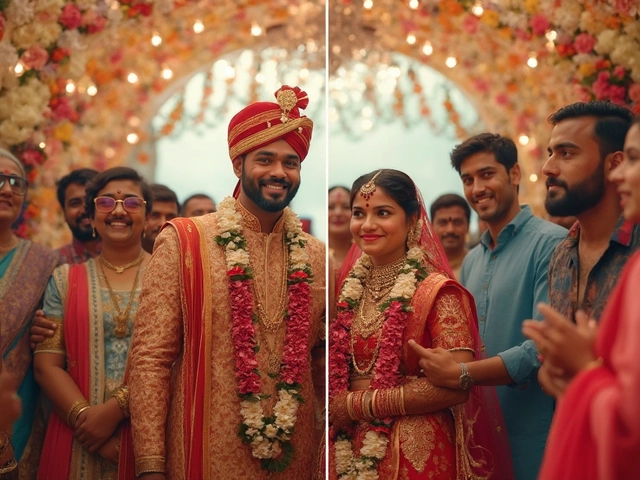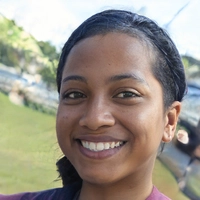
You’ve probably heard the warnings: don't let your cousin shoot your wedding just because she has a nice camera. But facing wedding bills that look more like the price of a used car, you also wonder if that top-shelf photographer charging double is really necessary. Here's the straight talk—what's actually behind those numbers, what changes as the price goes up, and how much it might matter to you in the long run.
One thing’s for sure: you only get married once (well, usually). The cake gets eaten and the flowers wilt, but the photos? Those last way past the honeymoon. That puts real pressure on picking the right photographer—and figuring out if their price matches what you’re looking for, not just what they say they can do.
- What Do You Really Pay For?
- Real Differences Between Price Tiers
- How to Spot True Value
- Tips for Getting More Bang for Your Buck
What Do You Really Pay For?
So, you've got a quote from that wedding photographer you love, and your jaw drops a little. Is it just their camera, or something more?
When you shell out those big bucks, you’re not just paying for someone to click a shutter. Top-tier wedding photographers bring a package of skills, gear, and smarts developed over years—sometimes decades. Experience makes a real difference. Photographers at the higher end of the range usually know how to work in tricky lighting, wrangle huge families for group shots, and stay cool if rain or other surprises pop up.
There’s also technical stuff. Pros invest in backup cameras, all sorts of lenses, lighting gear, and editing software. They often use two cameras at once on the big day. And if a lens suddenly bites the dust, they’ve got a backup ready. As for editing, the hours clocked after the wedding are massive. Industry surveys have shown that photographers spend an average of 40 hours editing a single wedding—sometimes more for studio-quality shoots. All that polishing makes sure no one blinks in a group shot or looks like they’re melting during a July heatwave.
It's not just about gear and editing, though. You pay for consistency and reliability. The expensive folks generally have contracts, insurance, backup plans, and systems to keep files safe. They communicate well and show up early. Plus, many offer pre-wedding sessions, timeline planning, and extra shooters so not a moment is missed.
- Initial meeting—discussing your vision and details
- Engagement or pre-wedding photos
- The wedding day itself—all-day coverage, travel, second shooter
- Editing—color correction, retouching, sorting hundreds or thousands of images
- Album design and digital archiving
Here’s something few people realize: good photographers factor in business expenses, taxes, and time spent prepping, communicating, and delivering. For those higher fees, you get more than a flash drive of random photos—you get peace of mind that your wedding memories are actually safe and beautiful when the day is long gone.
Real Differences Between Price Tiers
If you start comparing wedding photographers, the price differences can look wild. Some charge a couple hundred bucks, and others quote numbers that could cover a small honeymoon. The big question: what do you really get as the cost goes up?
At the budget end, a wedding photographer might still have solid gear and some ok editing skills, but usually they’re newer or do this gig just on weekends. They might hand off 400 unpolished photos a few days after the wedding—lots to scroll, but maybe not a lot you want to frame. Their style may not be super consistent, and missed moments are more common.
Mid-range and high-end photographers almost always include more than just time and a camera. With higher fees, you’re usually paying for:
- Years of experience and a track record for handling wedding chaos smoothly
- Personalized planning sessions to understand your vibe
- Editing that makes your photos look like Pinterest inspiration, not phone snaps
- Top-shelf cameras, backup equipment, and sometimes even an assistant
- A gallery full of photos where everyone’s eyes are open and the lighting actually flatters you
Let’s talk numbers. According to a 2024 survey by The Knot, the average cost for a wedding photographer in the US was $2,900, with luxury pros often starting at $7,000 or more. Budget-friendly shooters can be under $1,000, but most couples who spend in this range say they “wish they’d stretched a bit more” a year later.
| Price Tier | What You Typically Get |
|---|---|
| Under $1,000 | Beginner, basic editing, possible missed moments |
| $1,500–$4,000 | Good experience, styled shots, creative edits, planning help |
| $5,000+ | Top pro, custom albums, engagement shoot, full-day coverage, luxury finishes |
It’s not just about the number of photos, either. The best wedding photographers know how to handle tricky light (think outdoor ceremonies at noon), stage group shots without herding cats, and rescue a timeline when things run late—without you even noticing. That peace of mind is hard to put a price on, but ask anyone who didn’t get it and they’ll tell you: it’s worth a lot.

How to Spot True Value
When shopping for a wedding photographer, it’s easy to get dazzled by pretty Instagram grids and lush websites. But slick photos alone don’t promise a smooth experience or amazing wedding photos. Let’s break down how you can know when higher pricing actually means higher value—and when it’s just hype.
First, experience counts a lot. A seasoned photographer doesn’t just know how to use a fancy camera—they know how to handle the chaos of weddings, wrangle big families, and catch tiny moments you’d never notice yourself. Someone who’s shot dozens of weddings will have backup plans for rain, gear failures, and timelines that go off the rails. They also know funky lighting at weird venues isn’t a problem, and you won’t end up with orange faces or blurry dance shots.
Look closely at how a photographer edits and delivers photos. High-value pros usually offer:
- Consistent style across different weddings (your album won’t look like a total surprise)
- Real, emotional moments—not stiff group shots on repeat
- Full-day coverage with a second shooter, so nothing important gets missed
- Clear, reliable turnaround times (industry average is 4 to 8 weeks, but ask!)
Ever wonder where your money goes? Here’s a quick breakdown of typical costs for a pro wedding photographer:
| Cost Element | Approx. % of Fee |
|---|---|
| Time (shooting & editing) | 40% |
| Equipment & upkeep | 20% |
| Business expenses (insurance, marketing) | 15% |
| Second shooter/assistant | 10% |
| Profit | 15% |
Want to spot red flags? If you notice super low prices, missing online reviews, weirdly fast delivery times, or contracts that skip important details (like what happens if your photographer is sick), think twice. You deserve clear communication and a contract that says exactly what you’ll get.
One down-to-earth tip: ask to see two or three full wedding galleries—not just highlights they post online. Any wedding photographer can show off their best five shots. Seeing a whole day’s worth of photos shows you how they handle all lighting, moments, and those not-so-perfect parts of real life.
Tips for Getting More Bang for Your Buck
Hiring a wedding photographer can drain your budget faster than you expect, but there are real ways to stretch those dollars. First thing: don’t just compare total costs. Dig into what’s actually included, like hours of coverage, second shooters, and whether you get digital files or have to buy prints later. Some expensive photographers charge extra for things you thought were included—and that can blow up your costs fast.
- Ask for full galleries. Not just the Instagram-worthy highlights, but complete wedding sets. That’s where you’ll see consistency and if they really deliver in tricky lighting or on a packed dance floor.
- Choose fewer hours. Maybe you don’t need every shy guest arriving or the last song of the night. Cutting coverage by an hour or two can drop your fee by hundreds.
- Book off-season or weekdays. Some in-demand wedding photographers offer deals in months with fewer weddings, like January or November, or on Fridays and Sundays.
- Skip extra prints and albums (for now). You can always order a fancy album later—sometimes years later—when your wallet has recovered. The most important thing is to get the rights to your digital images.
- Look for bundle deals. Some photographers work with videographers, makeup artists, or planners and offer discounts if you book more than one service together.
Here’s a quick look at what can happen if you’re flexible on date and hours:
| Package Option | Peak Season Price | Off-Season Price |
|---|---|---|
| 8 Hours, Saturday | $3,500 | $2,500 |
| 5 Hours, Friday | $2,800 | $1,900 |
One more tip: ask if your wedding photographer offers payment plans. Plenty of couples break their payments into monthly chunks, making that dream photographer feel way more doable. In the end, don’t be shy about asking what’s flexible. Sometimes a simple conversation gets you extras that aren’t even on the website.



Comments
Post Comment